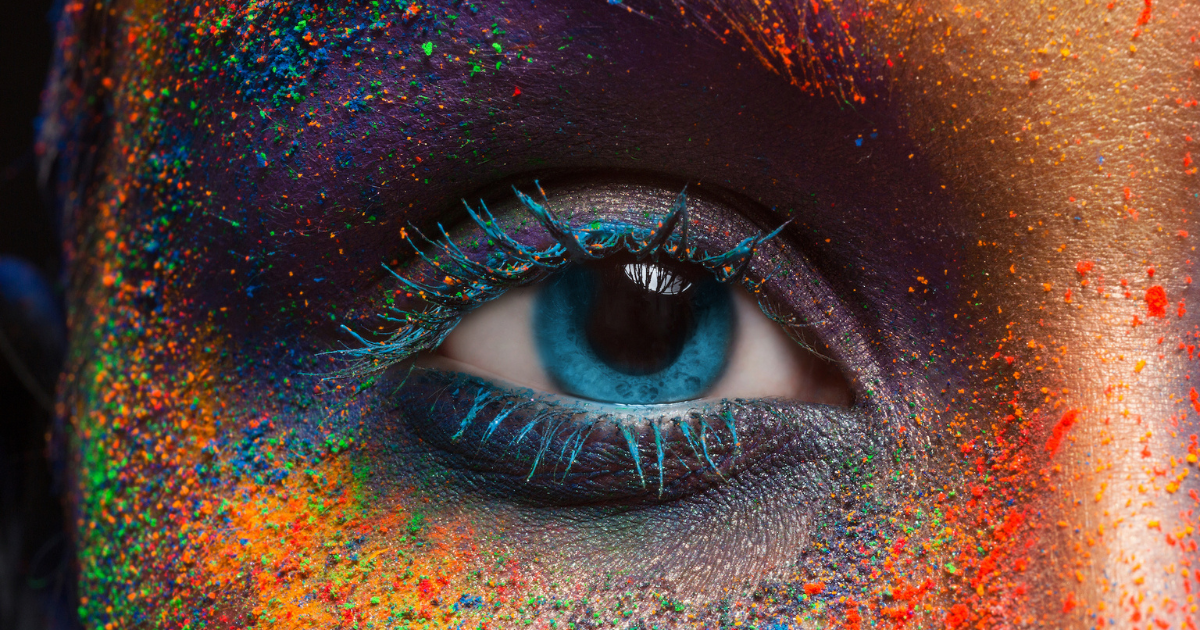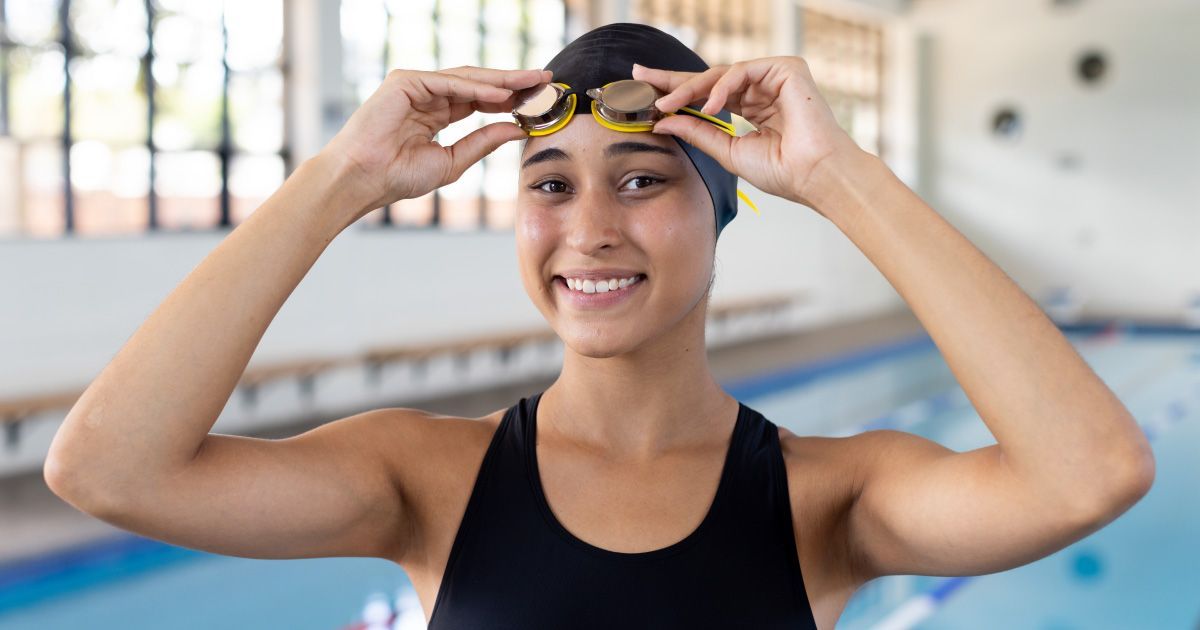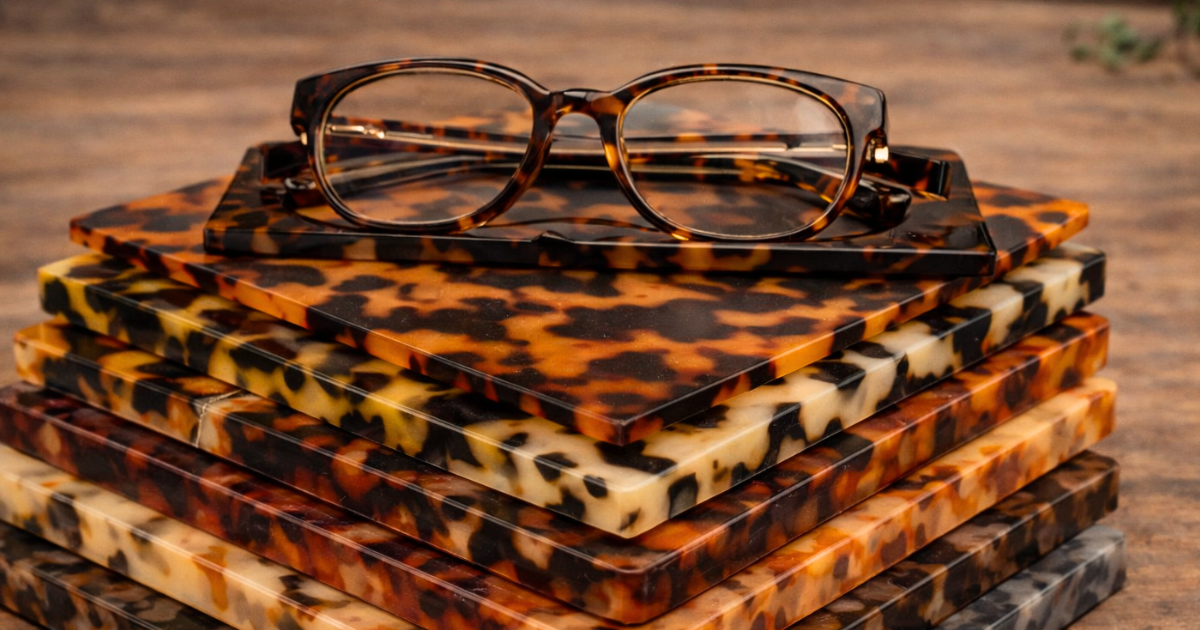Glam & Guard: Mastering Makeup Tips and Eye Care Secrets for Vibrant Vision!

Read time: 6 minutes
Makeup, a timeless form of self-expression and enhancement, has been an integral part of human culture for centuries. While it allows for creativity and individuality, the relationship between makeup and eye care requires a delicate balance. Let’s take a look into the art and science of makeup application, exploring both historical practices and contemporary considerations for maintaining healthy vision.
Makeup Through the Ages
The use of makeup dates back to ancient civilizations, where various cultures employed pigments derived from minerals, plants, and even insects for cosmetic purposes. From the kohl-lined eyes of ancient Egyptians to the vibrant hues in Greco-Roman society, makeup has evolved as a cultural and aesthetic phenomenon.
Historically, some makeup formulations contained substances that posed risks to eye health. Lead-based cosmetics, for instance, were not uncommon and could lead to serious health issues. Over time, awareness and scientific advancements have driven the development of safer cosmetic formulations.
Makeup and Eye Anatomy: Understanding the Basics
The eyes, with their intricate anatomy, are sensitive organs that demand careful consideration during makeup application. Understanding the basic structure of the eye, including the cornea, conjunctiva, and tear film, is crucial for ensuring that makeup does not compromise ocular health.
Understanding the basic structure of the eye is essential for maintaining ocular health, especially when it comes to applying makeup. The eye is a complex organ with various components, and being aware of these structures helps prevent potential harm.
Here's a brief overview of the mentioned components:
- Cornea: The cornea is the transparent, dome-shaped front part of the eye. It plays a crucial role in focusing light into the eye and contributes to clear vision. As a sensitive and delicate structure, the cornea can be affected by external factors, including makeup.
- Conjunctiva: The conjunctiva is a thin, clear membrane covering the white part of the eye (sclera) and the inner surface of the eyelids. It helps protect the eye and keep it moist by producing mucus and tears. Makeup products, if not applied and removed properly, can come into contact with the conjunctiva.
- Tear Film: The tear film is a complex mixture of water, oil, mucus, and antibodies that covers the surface of the eye. It helps maintain the eye's moisture, provides essential nutrients, and protects against infections. Certain makeup products may affect the composition of the tear film, potentially leading to dryness or irritation.
The eyelids, equipped with specialized glands, play a role in the production of tears that lubricate the eyes. Makeup applied to the eyelids must be chosen and applied in a way that respects the natural function of these glands to prevent dryness or irritation.
Why Understanding Eye Structure Matters for Makeup
Sensitivity - The eye's structures, especially the cornea and conjunctiva, are sensitive. Harsh or improperly applied makeup can cause irritation or damage.
Hygiene - Awareness of eye anatomy emphasizes the importance of makeup hygiene. Dirty brushes or expired products can introduce bacteria, leading to infections.
Product Selection - Knowing the eye's structure aids in choosing eye-safe makeup products. Hypoallergenic and ophthalmologist-tested products are often recommended.
By understanding the eye's basic structure, you can make informed choices when it comes to applying and removing makeup, contributing to the maintenance of optimal ocular health.
Common Makeup Products and Their Impact on Eyes
- Eye Shadows: Eye shadows, available in various formulations including powders, creams, and pencils, can enhance the eyes' appearance. However, certain ingredients or preservatives may cause irritation. Opting for hypoallergenic and ophthalmologist-tested products reduces the risk of adverse reactions.
- Eyeliners: Eyeliners, whether pencil, liquid, or gel-based, accentuate the eyes but require careful application to avoid contact with the delicate inner rim. Waterproof formulations may be challenging to remove, potentially causing friction and irritation.
- Mascaras: Mascara, designed to lengthen and volumize lashes, must be chosen judiciously to avoid clumping or flaking. Proper removal is essential to prevent damage to the lashes and minimize the risk of eye infections.
- Eye Pencils and Kohl: Traditional eye pencils and kohl have a rich history but can pose risks if contaminated or applied too close to the eye. Consideration of the product's hygiene and proper application techniques is paramount.
Eye Makeup Application Best Practices
Cleanliness and Hygiene - Maintaining cleanliness is foundational in preventing eye infections. Regularly clean makeup brushes, discard expired products, and avoid sharing cosmetics to minimize the risk of bacterial contamination.
Avoiding Waterline Application - Applying eyeliner or eye shadow directly to the waterline increases the likelihood of product entering the tear film, potentially leading to irritation or infection. Instead, focus on the lash line for a defined look.
Gentle Removal Techniques - The delicate skin around the eyes demands gentle makeup removal methods. Avoid aggressive rubbing, and use makeup removers designed for the eye area to prevent damage to the skin and lashes. Gentle removal of makeup before bedtime is crucial to prevent particles from entering the eye overnight.
Check Product Labels - Choose makeup products labeled as hypoallergenic or suitable for sensitive eyes.
Contact Lens Wearers
Contact lens wearers must exercise additional caution when applying makeup. Avoid oil-based products that can adhere to lenses, leading to discomfort and blurred vision. Inserting lenses before makeup application and removing them before makeup removal reduces the risk of contamination.
Choosing preservative-free or low-preservative makeup formulations is advisable for contact lens wearers to minimize the risk of preservative-induced irritation.
Allergies and Sensitivities
Certain ingredients commonly found in cosmetics, such as fragrances, preservatives, and certain pigments, may trigger allergic reactions. Individuals with known allergies or sensitivities should opt for hypoallergenic and fragrance-free products.
Before applying a new makeup product to the eyes, performing a patch test on a small area of skin helps identify potential allergic reactions. This precaution is particularly important for those with a history of skin or eye allergies.
The Professional Perspective for Makeup and Ocular Health
Eye care professionals, including ophthalmologists, offer valuable insights into maintaining ocular health while using makeup. Regular eye exams, especially for individuals experiencing irritation or discomfort, ensure early detection and intervention.
Individuals with pre-existing eye conditions, such as dry eye syndrome or blepharitis, may benefit from personalized advice on makeup choices and application techniques. Collaboration between patients and eye care professionals is key in managing these conditions.
Trends in Eye-Friendly Makeup
Clean Beauty Movement - The clean beauty movement, characterized by a focus on natural and non-toxic ingredients, has influenced the cosmetics industry. Many brands now offer clean beauty alternatives that prioritize safety and transparency in ingredient sourcing.
Vegan and Cruelty-Free Options - Vegan and cruelty-free makeup options align with ethical and sustainable principles. These products, devoid of animal-derived ingredients and not tested on animals, cater to consumers seeking ethical choices in their makeup routines.
The Takeaway
Striking the balance for beautiful and healthy eyes is crucial. The connection between makeup and eye care requires an informed and balanced approach. Historical practices serve as a reminder of the evolution in cosmetic safety, with modern formulations prioritizing both aesthetics and ocular health. By understanding the anatomy of the eye, choosing products carefully, and adopting best practices in application and removal, you can enhance your beauty while safeguarding the health of your eyes.
Share this blog post on social or with a friend:
The information provided in this article is intended for general knowledge and educational purposes only and should not be construed as medical advice. It is strongly recommended to consult with an eye care professional for personalized recommendations and guidance regarding your individual needs and eye health concerns.
All of Urban Optiks Optometry's blog posts and articles contain information carefully curated from openly sourced materials available in the public domain. We strive to ensure the accuracy and relevance of the information provided. For a comprehensive understanding of our practices and to read our full disclosure statement, please click here.


















